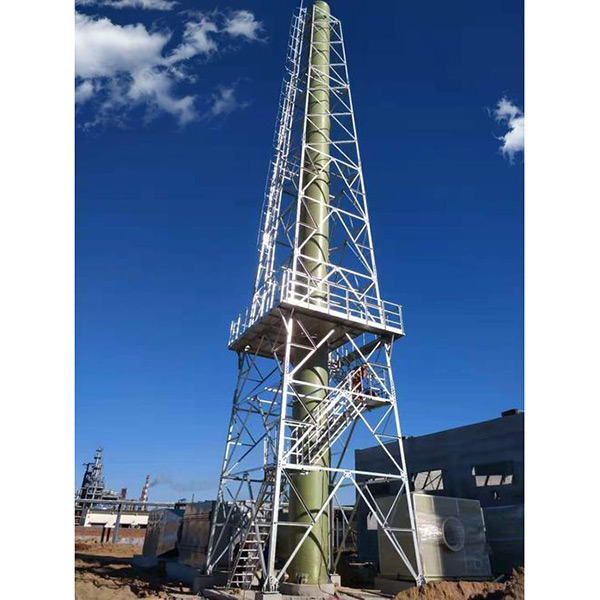Scaling Heights: Exploring the Dimensions and Structural Considerations of Steel Chimneys in Steel Factory Towers
2024-04-11
In the towering landscape of a steel factory, amidst the fiery furnaces and intricate machinery, one structure stands tall and imposing: the steel chimney. While often overshadowed by the sheer scale of industrial operations, the design and construction of these towering structures are critical to the efficiency and safety of steel production. Let's delve into the typical dimensions and structural considerations that shape the form and function of steel chimneys in steel factory towers.
Height Matters:
The most striking aspect of a steel chimney is its towering height, which can vary significantly depending on factors such as production capacity, emission requirements, and local regulations. Heights typically range from 50 to 300 meters or more, with larger facilities often requiring taller chimneys to effectively disperse emissions and maintain compliance with environmental standards.
Diameter and Cross-Sectional Area:
Alongside height, the diameter of a steel chimney is a crucial dimension that directly influences its performance. A larger diameter allows for greater airflow and improved dispersion of emissions, reducing the risk of backpressure and ensuring efficient operation. The cross-sectional area of the chimney is also carefully calculated to balance airflow dynamics and structural stability, taking into account factors such as wind resistance and gas velocity.
Wall Thickness and Material Selection:
Structural integrity is paramount when designing a steel chimney, particularly given the harsh operating conditions and environmental factors encountered in steel manufacturing. Wall thickness is carefully determined to withstand thermal expansion, corrosion, and mechanical stresses, ensuring long-term durability and safety. High-strength steel alloys are often used to achieve the necessary strength-to-weight ratio, balancing structural requirements with material efficiency.
Foundation and Support Structures:
Beneath the surface, the foundation of a steel chimney plays a critical role in anchoring the structure and distributing loads effectively. Depending on soil conditions and seismic considerations, foundations may range from simple concrete slabs to deep piles or caissons. Additionally, support structures such as guy wires or lattice frameworks may be employed to stabilize the chimney and mitigate lateral forces from wind or seismic events.
Insulation and Linings:
To protect against extreme temperatures and corrosive gases, steel chimneys are often equipped with insulation and protective linings. Insulation materials such as refractory bricks or ceramic fiber blankets help retain heat and prevent thermal expansion, while acid-resistant linings mitigate corrosion from sulfuric acid and other aggressive compounds. These protective measures enhance the longevity and performance of the chimney, reducing maintenance requirements and downtime.
Conclusion:
In the towering landscape of a steel factory, the steel chimney stands as a testament to engineering ingenuity and industrial prowess. From its soaring height to its robust construction, every dimension and structural consideration is carefully calculated to ensure efficient operation, regulatory compliance, and long-term reliability. As steel production continues to evolve, so too will the design and engineering of these towering structures, scaling new heights of efficiency and sustainability in the process.



